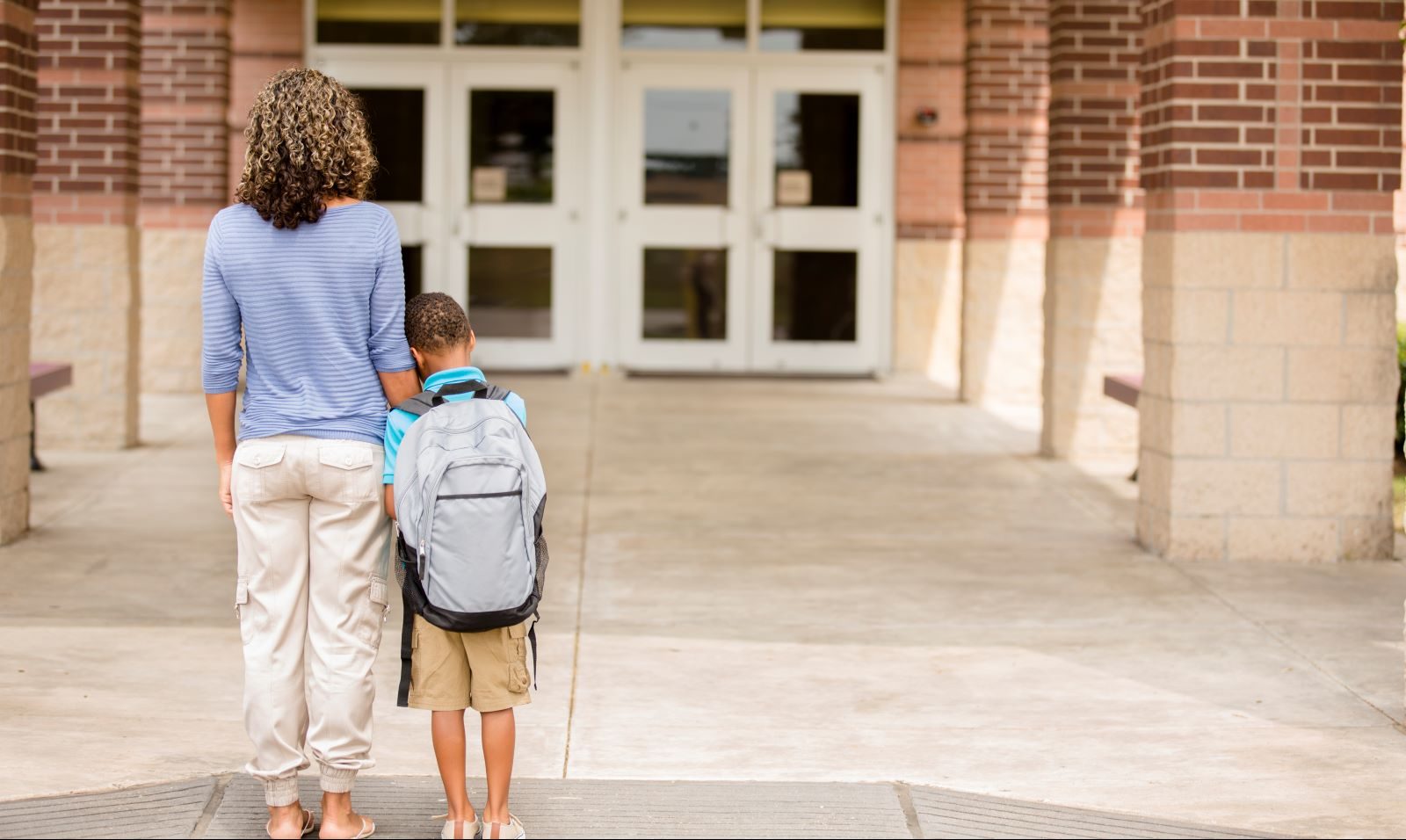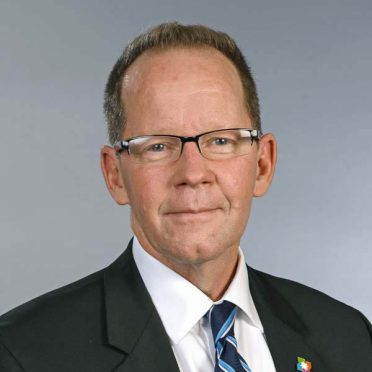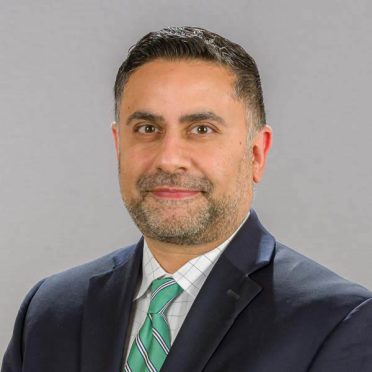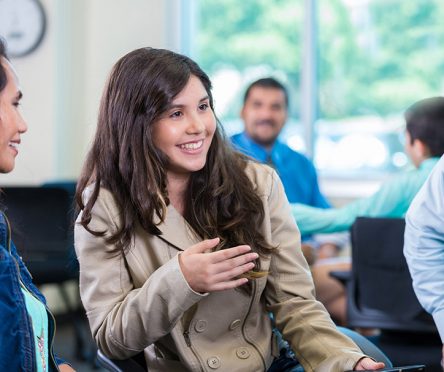Less than a week after a mass shooting in Buffalo, 19 students and two teachers were shot and killed by an 18-year-old gunman in a Texas elementary school – a massacre that is being called the worst school shooting since Sandy Hook nearly a decade ago.
Across the nation, people barely had time to process the massacre in a Buffalo supermarket in which a 20-year-old shot and killed 10 people.
While the nation’s collective grief is bad enough, for Connecticut residents, the horrible images of Tuesday’s shooting 2,000 miles away in Ulvade, Texas brings back memories closer to home of Sandy Hook Elementary School in Newtown, Connecticut, where 20 students and one teacher were killed by an 18-year-old gunman.
“It hurts, it’s hurt upon hurt, pain upon pain, grief upon grief, it’s almost hard to find ways to articulate how much it hurts,” said Javeed Sukhera, MD, PhD, FRCP, Hartford HealthCare Behavioral Network’s Institute of Living psychiatrist-in-chief and Hartford Hospital chair of psychiatry. “Some people are going to shut down, some people are going to start going into hyper drive, going through the motions even quicker, because there’s no one size fits all when it comes to coping. It’s deep, it’s raw, and even if we think it’s not there it’s going to affect us in some way, shape or form.”
The similarities between the Texas shooting, Sandy Hook and Buffalo are eerily similar – young males with access to guns, a social media footprint and hatred that most of us can’t comprehend.
While many people want to focus on why this incident happened, what possesses someone to kill 19 innocent second, third and fourth graders and two teachers, and the commonalities of mass shootings that have occurred over and over again, Sukhera said it’s time to reframe the question.
“There is an endless why that we continue to ask,” he said. “I would encourage people to shift their thinking away from the why and instead focus on the how. How can we make this stop? What can we do? How can we exert influence so innocent kids don’t have to die like this?”
“Unfortunately, what we find in these terrible, tragic acts is the kids who engage in this behavior have gone undiagnosed and untreated for years,” said James O’Dea, PhD, MBA, senior vice president of Hartford HealthCare’s Behavioral Health Network. “Often they have been bullied or taken advantage of over time, and these awful acts represent solutions that for whatever reason make sense to them.”
Andre Newfield, MD, chair of psychiatry at St. Vincent’s Medical Center in Bridgeport, which is just 20 miles away from Sandy Hook, said mass shootings like the one in Uvalde on Tuesday have long lasting effects for survivors, who can develop post-traumatic stress disorder or become retraumatized, and also for their communities – especially ones that have been through this before like Newtown and the entire state of Connecticut.
“There’s no greater violence than perpetration of violence against children, and when there’s a mass murder of children all in one place in a sacred institution like a school, it doesn’t matter how big or small or strong or weak a community is, they’re going to have a major reckoning to deal with,” he said.
Newfield recommended that parents think carefully about how to talk to young children about the shooting – or whether they should do so at all.
“For the younger kids who don’t have access to this firsthand, I don’t think you discuss this,” he said. “I wouldn’t want to instill fear in my children about going to school and having to think about, is there a shooter hiding around the corner? There’s just no way they could possibly process that.”
With summer vacation just days away for many young children in Connecticut, it’s important that parents do all they can to help their children cope. O’Dea recommends:
- Encourage them to talk about how they feel, and ask questions.
- Answer questions straightforwardly. If you don’t have the answer, admit it and try to get it for them later.
- Acknowledge their fears, but reassure them that these incidents are not common, and they are safe. For example, many schools have security measures in place to stop something like this from happening.
- Point out the positive. The first responders to the shooting were heroes, much like the 9/11 firefighters.
- Limit their exposure to tragic events in the media, especially television. If they are exposed to media reports or graphic images, try to be there with them so you can explain to them what they are seeing, hearing or reading. If you don’t, they could become confused and frightened.
“For young children, we really need to shield them from as much information as possible,” said Laura Saunders, PsyD, ABPP, a clinical psychologist at Hartford Hospital’s Institute of Living. “For older kids, we have to provide factual information. There is a lot of uncertainty. [They might ask] why would someone do this? And there are a lot of things we don’t have answers to. We need to provide assurances, not promises. Assurances that our schools are doing the best they can to keep them safe, and first responders — police and firefighters — do their best to take care of us.”
Be careful, says Saunders, with children who have vulnerabilities.
“They might be prone to anxiety,” she said. “They might be prone to depression. They might have previously experienced a trauma or a significant loss. Those kids I want to keep a closer eye on.”
Remember, too, that safety begins a home. Reassure your children that their home and school are safe havens.
“The guidelines I use are reinforce, review and reassure,” said Saunders. “Reinforce that it’s OK to have feelings. Review any safety measures, because what a tragedy like this brings up is anxiety. What if something happens to us in our home? What if something happens in our school? So review the safety measures. And reinforce when something like this happens, come and talk about it. That’s the message we really want to send.”





